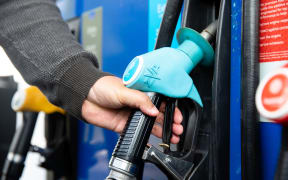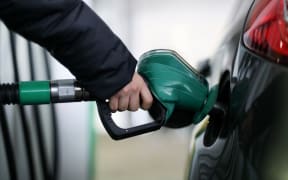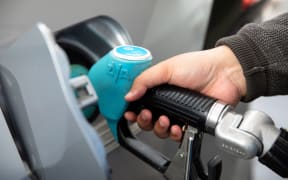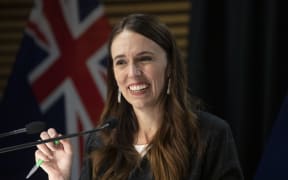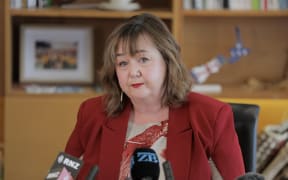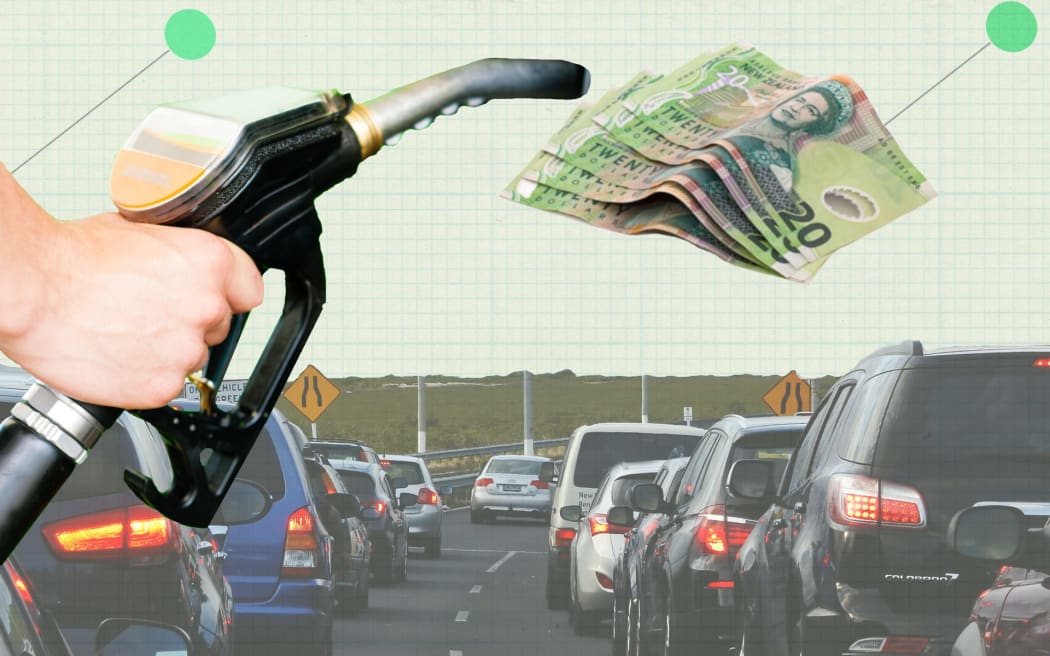
A temporary cut in fuel prices by the government is coming to an end. Photo: RNZ
Explainer - Fuel and public transport subsidies have been rolled over, again, for now - but for most of us the days of cheaper transport are coming to an end.
Here's what you need to know about the end of cheaper petrol.
What's the discount?
Soaring petrol prices and a cost of living crisis prompted the government to, in March, temporarily slash fuel prices by 25 cents a litre.
Train and bus fares were halved, too.
Before the discount, petrol prices had tipped well over $3 a litre in some places.
Prime Minister Jacinda Ardern said at the original announcement it would bring savings of between $11.50 and $17.25 per tank of fuel.
The subsidies were supposed to just be for three months - April to June - but in Budget 2022 they were rolled over to July.
It was extended again to January, but today the government announced the end is nigh.
At the end of February the petrol subsidy drops to 12.5 cents a litre, before being ditched altogether at the end of March.
Meanwhile, the public transport subsidy finishes at the end of March for all but those with community services cards.
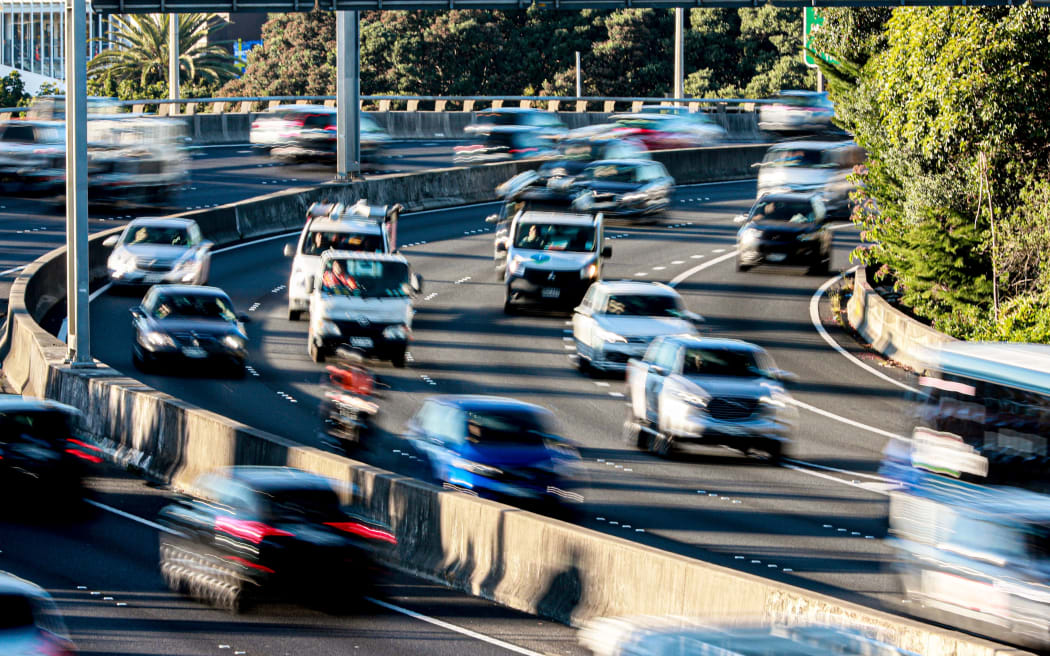
The government said it can't afford to keep the fuel cut policy forever. Photo: RNZ / Marika Khabazi
What's the cost?
Big bucks - it had been estimated at $1.3b, now add another $116m to keep the programme running for the final few months.
The public transport component makes up about $100m to $160m.
Finance Minister Grant Robertson acknowledged many households were still struggling with the cost of living, but he said the government simply could not afford to keep the policy forever.
Why did the government slash the fuel tax in the first place?
Essentially, because of soaring inflation and the cost of living crisis brought on by the pandemic and Russia's invasion of Ukraine, among other crises.
The government was being hammered by stories of peoples' pain at the pump - and took action.
Ardern said in March the Ukraine invasion had unleashed a "global energy crisis", with fuel prices hitting record highs.
Prices had jumped 13 percent in the pervious month alone, after steadily rising for some time.
Today, Energy Minister Megan Woods said that since then global fuel prices have eased.
"Retail prices for regular 91 have dropped by about 75 cents per litre - including the excise cut," Woods said.
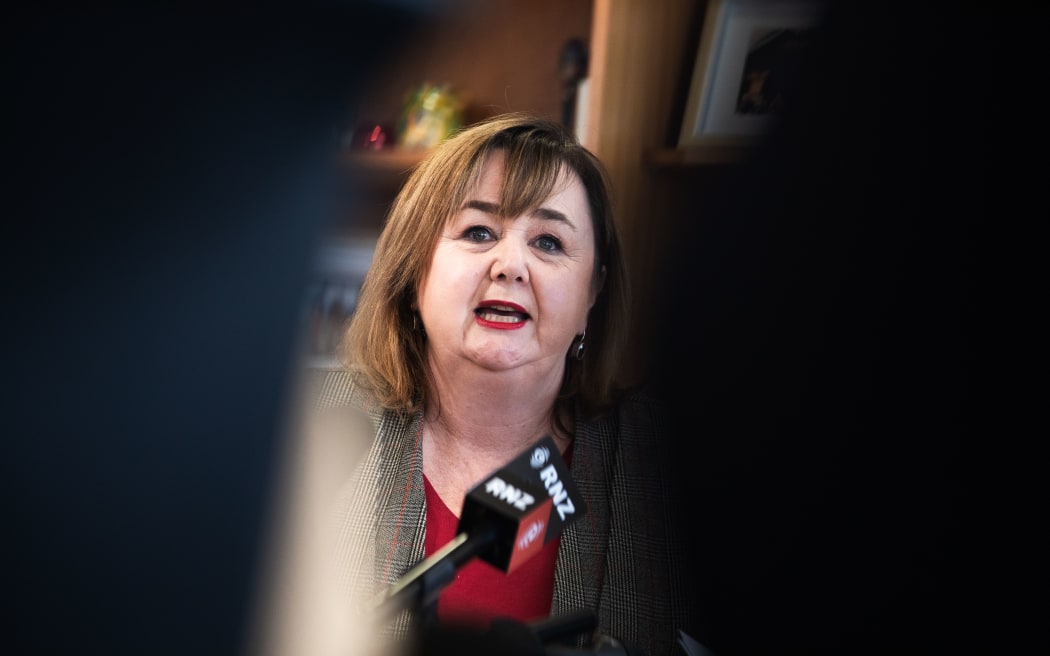
Energy Minister Megan Woods Photo: RNZ / Samuel Rillstone
Consumers vs the climate - the winners and losers from the subsidies
It's not just petrol prices that will increase when the discount is ditched.
Transporting New Zealand chief executive Nick Leggett wrote in a Stuff opinion piece that fuel prices will shoot up overnight, along with the cost of everything delivered by a truck.
"With 93 percent of our freight delivered on a truck, that's basically everything we consume and purchase."
So the discount has helped keep the price of other goods and services at bay, too.
But there are other reasons to let the subsidy go.
The petrol tax discount is counterproductive to Aotearoa's desperate need to cut carbon emissions.
The government has pledged to halve dangerous climate gases by 2030.
Transport makes up half of that total - and actions like the fuel tax discount incentivises people to keep on driving.
That hits the government in the pocket twice.
First: to pay for the actual subsidy.
Second, because we have so far failed to reduce emissions ourselves the government will likely have to pay pay billions of dollars to other countries to cut them on our behalf to meet our 2030 goals.
That said, half-price fares on public transport may have encouraged more people out of their cars and onto trains and buses, which is better for the environment.



